Top 10 Open-Source LLMs of 2025 (With Decision Matrices)
Before we begin
If your organization is looking to harness the full power of AI, give GoInsight.ai a try. It is one of the most capable and secure enterprise AI platforms for automation, customer support, data analysis, or intelligent assistants.

Looking for an efficient open-source Large Language Model (LLMs) for your enterprise or research project? Once dominated by closed-sourced giants like Chat GPT 3.5, the LLM landscape is now full of powerful open-source alternatives.
This article reviews the 10 top-ranked open-source LLM models that have performed brilliantly across multiple benchmarks. Let's dive in!
Key Takeaways:
- The Open source LLMs give you direct access to the underlying technology, allowing you customize, inspect, and integrate them for your specific needs.
- These models offer strong advantages like lower costs, full data ownership, and a collaborative community.
- However, running these large models requires solid infrastructure and skilled expertise.
- By tapping into a global network of researchers and developers, you can stay on the cutting edge and continually refine these models.
Key Factors in Open-Source LLM Model Selection
Choosing the right open-source LLM for your organization requires considering a range of factors, such as
1. Use Case: Consider whether you're seeking the model for commercial needs or research purposes.
2. Model Size and Architecture: Larger models generally offer better quality but demand more compute. Smaller versions may be ideal for mobile or edge apps.
3. Community Support: Active GitHub repos, Hugging Face pages, and Discord communities are signs of strong support.
4. Licensing Type: Apache 2.0, MIT, and BSD are business-friendly. Depending on your needs, watch out for research-only or non-commercial licenses.
5. Fine-Tuning Support: Be sure the model offers rich customizability options. The availability of LoRA adapters, QLoRA training scripts, and compatibility with tools like Hugging Face PEFT are recommended.
Model Selection and Implementation Guide
Let us take a quick look at the comparison table of these 10 open-source LLMs for quick cross-reference:
| Model | Context | Licensing | Top Strength | Hardware Needs |
| Qwen2.5-72B | 128k | Apache 2.0 | Multilingual tasks | 2×A100 80GB or 1×H100 |
| LLaMA 4 | 128k | Custom | Long-context RAG | H100 cluster |
| Mistral Large | 64k | Apache 2.0 | Code generation, reasoning | 4x A100 (4-bit) |
| DeepSeek | 128k | MIT | STEM tasks and code | 8×A100 |
| LLaMA-3.1-70B | 32k | Custom | Business and legal purposes | 2×A100 80GB or 1×H100 |
| Gemma-2-9B | 8k | Gemma Terms | Edge AI and small-scale tasks | 1×16GB GPU or even 8GB with quantization |
| Falcon 180B | 8k | Apache 2.0 | Factual QA | 8×A100 |
| Mixtral 8x22B | 16k | Apache 2.0 | Fast inference, GPT-3.5-level reasoning | 4×A100 (MoE activation) |
| Command R | 180k | Custom | RAG and memory bots | 1×H100 or 2×A100 |
| Phi-4 | 16k | MIT | Light, accurate bots | 1×24GB GPU or 8–16GB with quantization |
Selecting the Right Model Based on Specific Needs
For optimal results, pay heed to the following recommendations:
- Small GPU or laptop: Use Phi 4, Gemma, or Llama 3 8B if available.
- RAG systems: Choose Command R or Mixtral.
- Multilingual use cases: Go for Qwen2.5 or DeepSeek.
- High-end, high-quality tasks: Deploy Mistral Large, Llama 4, or Falcon 180B if infrastructure allows.
Deep Dive: Top 10 Open-Source LLMs of 2025 (With Decision Matrices)
Below are the 10 standout LLM open source models that warrant your consideration:
1. Qwen2.5-72B-Instruct
Qwen 2.5 is Alibaba DAMO Academy's flagship project that is designed to compete with GPT-4-class models. This open-source LLM is optimized for multilingual settings, reasoning, long-context understanding, and structured output generation.
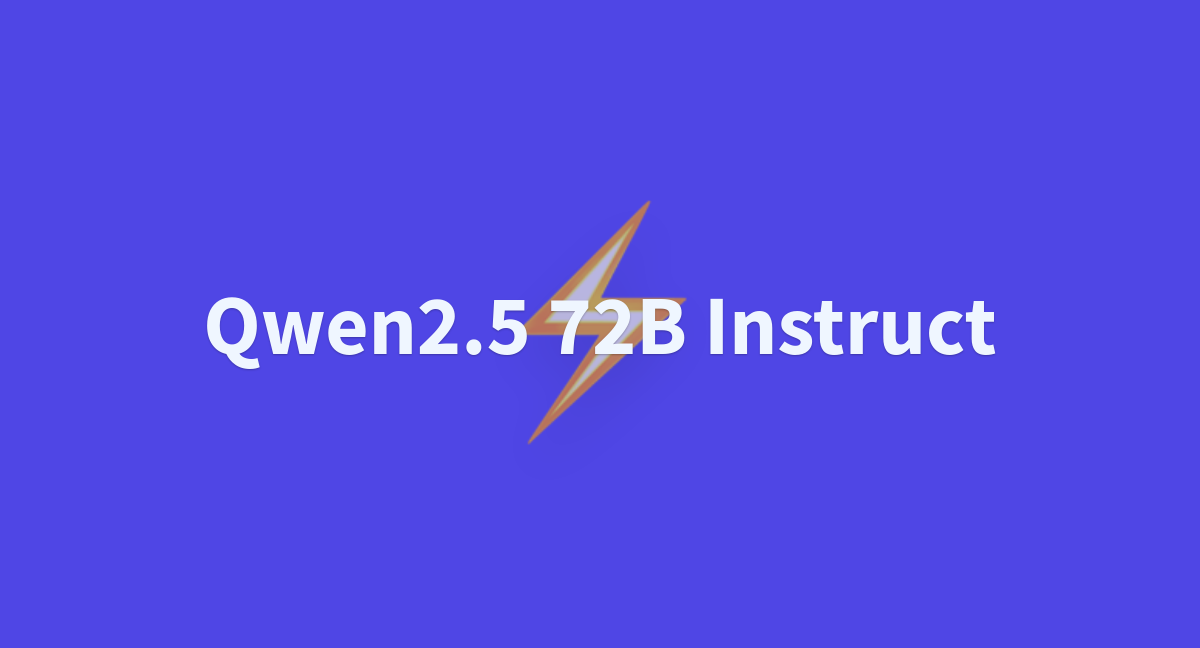
Core Specs
- Parameters: 72B, dense model
- Context Window: 128k tokens
- License: Apache 2.0, which is commercially friendly
- Training Data: 5T tokens, multilingual, code-rich, and based on proprietary and open datasets
Performance Highlights
- This model is strong at long-context tasks, math, and multilingual instructions, with top-tier English and Chinese support.
- It lags behind in analytical reasoning benchmarks.
Deployment Notes
- Requires ~128GB GPU (A100 80GB x2 or H100
- Compatible with vLLM and Hugging Face
- Supports quantization to 4-bit using GGUF
2. Llama 4
Llama 4 upgrades the capabilities of its predecessor to deliver an enhanced performance for long-form conversations and complex multilingual tasks. Its high adaptability and efficiency make it ideal for both enterprise automation and research geeks.
Core Specs
- Parameters: 80B–400B variants
- Context Window: 128k tokens
- License: Meta custom license, which is non-commercial until approved
- Training Data: 15T tokens,English-centric, curated for web and text data
Performance Highlights
- Best for reasoning, long-context RAG, multimodal (text + vision) tasks.
- Licensing limitations for commercial use.
Deployment Notes
- Needs H100 GPU cluster for full precision
- Compatibility with Hugging Face, llama.cpp, and Exllama
- Supports TensorRT-LLM for optimization
3. Mistral-Large-Instruct-2407
If you want an open-source LLM for high-accuracy enterprise use, try the Mistral Large Instruct 2407 model. With its state-of-the-art 123B parameters and a context window of 65K tokens, Mistral delivers near-GPT-4 performance while being smaller and more compute-efficient.
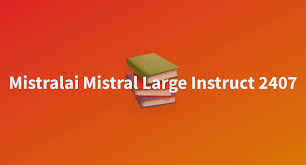
Core Specs
- Parameters: 120B, dense model
- Context Window: 64k tokens
- License: Apache 2.0, fully open-source
- Training Data: 8T tokens, high-quality multilingual
Performance Highlights
- This open-source model is especially strong excels in code generation, instruction following, and enterprise-ready fine-tuning.
- Weaker in general knowledge and contextual understanding
Deployment Notes
- Needs ~128GB VRAM
- It is optimized for Mistral's own inference stack
- Runs seamlessly on 4x A100s (40GB) with 4-bit quantization
4. DeepSeek R1
DeepSeek R1 stands at the top of the 2025 open-source LLMs ranking. It is a 236B dense transformer built to handle complex tasks requiring logic and reasoning. DeepSeek is among the few open LLMs trained on over 8 trillion tokens, making it highly competitive in technical domains.

Core Specs
- Parameters: 67B
- Context Window: 128 tokens
- License: DeepSeek license, which supports limited research but restricts commercial use
- Training Data: 4.5T tokens (STEM-focused)
Performance Highlights
- It boasts high accuracy on mathematical and coding benchmarks and is competitive with GPT-4 in multilingual reasoning.
- Weak in generalist conversational flow compared to LLaMA or Mistral
Deployment Notes
- It's extremely heavy. Requires a single A100 (80GB) for 8-bit inference
- Works with hugging Face and vLLM
- Supports fine-tuning with LoRA adapters
5. Llama-3.1-70B-Instruct
Llama 3.1 Instruct is a significant upgrade from earlier models with more robust instruction-following, safety alignment, and factual accuracy. Because of its excellent performance across diverse tasks, the 70B version is widely adopted in enterprise settings and academic benchmarks.
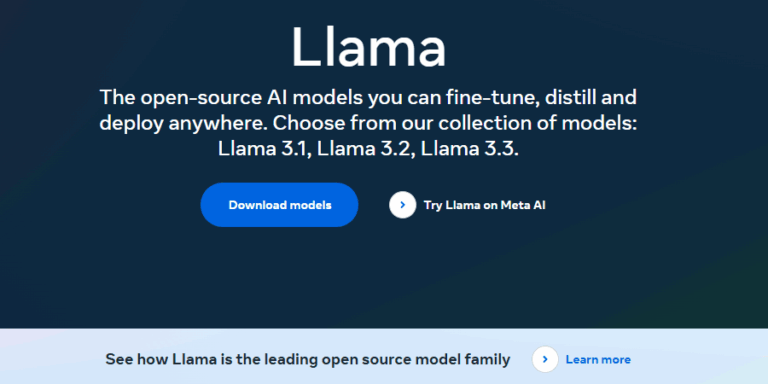
Core Specs
- Parameters: 70B (dense)
- Context Window: 32k tokens
- License: Meta AI license, which is non-commercial. Also, fine-tuning requires approval
- Training Data: 15T tokens, filtered web, books, code
Performance Highlights
- Promises strong reasoning, accuracy, safety, and reduced hallucination
- Limited multilingual support
Deployment Notes
- Requires 80–96GB for FP16
- Supported in llama.cpp, vLLM, and Hugging Face
- Compatible with Great 4-bit QLoRA versions
6. Gemma-2-9b-it
Developed by Google DeepMind, Gemma 2 is a lightweight text-to-text model with excellent efficiency and high-quality responses. It excels in reasoning, summarization, and question answering, making it suitable for smaller-scale inference.
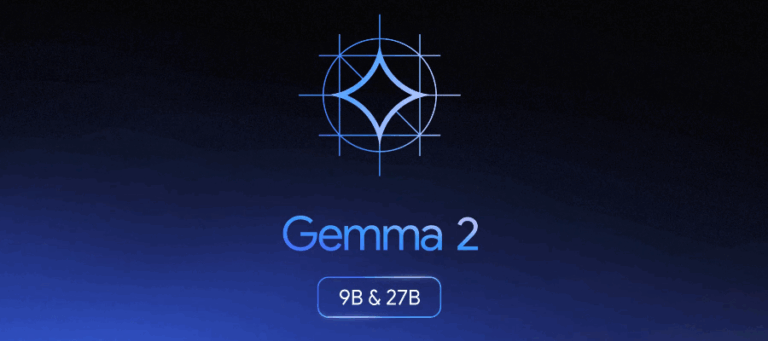
Core Specs
- Parameters: 9B
- Context Window: 8k tokens
- License: Gemma license, which allows commercial use
- Training Data: Based on Google's internal and web-scale data
Performance Highlights
- It's lightweight and excellent for small inference, basic reasoning, and summarization.
- Not great for coding or complex logic.
Deployment Notes
- Needs 6GB GPU or even a high-end consumer GPU with 4-bit quant
- Supports Hugging Face, TFLite, and llama.cpp
- Optimized for Fast GGUF and quant releases
7. Falcon 180B
Falcon 180B is among the most powerful open-source LLMs that is known for strong factual recall and high-scale deployments. It remains relevant for both research and commercial use.
Core Specs
- Parameters: 180B
- Context Window: 8k tokens
- License: Non-commercial, research-only Falcon license
- Training Data: 3.5T tokens and heavy on RefinedWeb
Performance Highlights
- Highly useful for large-scale reasoning, long text coherence, and factual recall
- Context length limitation is a major bottleneck
Deployment Notes
- Needs 8xA100 for full inference.
- Works with DeepSpeed and Hugging Face
- It has no GGUF support, but some quant versions exist.
8. Mixtral 8x22B
Mixtral is a Mixture-of-Experts (MoE) model that activates 2 of 8 experts at a time. It combines performance and computational efficiency and rivals GPT-3.5-level output, especially in mathematics and programming benchmarks.
Core Specs
- Parameters: 176B
- Context Window: 16k tokens
- License: Apache 2.0, which allows commercial use
- Training Data: 6T tokens + web books and filtered corpora
Performance Highlights
- Very fast, cost-effective, and beats GPT-3.5 on many tasks
- Slightly lower accuracy than dense models
Deployment Notes
- 128GB VRAM needed
- Works great with vLLM and Hugging Face
- Quantized GGUF versions available
9. Command R
Command R+ by Cohere is a highly specialized model designed for Retrieval-Augmented Generation (RAG) scenarios. With a massive 128K context and strong factual grounding, it excels in document-based reasoning.
Core Specs
- Parameters: 120B
- Context Window: 180k tokens
- License: Both research and commercial with Cohere API access
- Training Data: Proprietary + public instruction-tuned data
Performance Highlights
- It stands out as the best long-context RAG model with strong factual consistency and document reasoning.
- Not ideal for multi-turn chit chat.
Deployment Notes
- Needs 2xA100 or 1xH100
- Supports Hugging Face and vLLM
- Optimized for early quant versions. Can be used for private RAG stacks.
10. Phi 4
Microsoft's Phi-4 is a small model that delivers a performance far above its size class when its training is optimized. It is ideal for education, mobile, or resource-constrained use cases.
Core Specs
- Parameters: 14.7B
- Context Window: 16k tokens
- License: MIT, fully-open and including for commercial use
- Training Data: Synthetic data + reasoning curriculum
Performance Highlights
- Spectacularly strong reasoning and optimized for safety and hallucination avoidance.
- Weaker in general-purpose conversation
Deployment Notes
- Requires a 24GB GPU for full inference; 8-bit quant can run on a consumer GPU.
- Compatible with Hugging Face and llama.cpp
- GGUF and ONNX are available. .
Commercial Application Cases of Open Source LLMs
The open-source LLM models can be employed in diverse scenarios, such as:
1. Internal Knowledge Assistants: Models like Mistral or Phi-3 are ideal for internal Q&A bots trained on company documents.
2. Customer Support Automation: Llama-3.1-70B-Instruct and Phi 4 provide strong conversational ability with minimal resource use.
3. Code Assistants: DeepSeek and Qwen excel at math, coding, and technical documentation generation.
4. Multilingual Agents: Qwen2.5-72B and DeepSeek R1 offer best-in-class support for English, Chinese, and other languages for enterprise users.
5. Document Summarization: Mixtral, Phi-4, and Command R+ are strong in long-form summarization and retrieval.
Key Benefits and Challenges in Open-Source LLM
The table below outlines the key benefits and downsides of the open-source LLMs:
Benefits
- Can be personalized to domain-specific tasks.
- Avoid hefty API costs and licensing fees. Enterprises can run them locally or in the cloud, reducing long-term costs.
- Promise advanced security and data privacy. Allow enterprises to process sensitive data securely on-premises, maintaining full control.
- Built-in capabilities to inspect training data, weights, and algorithms to mitigate bias.
- Benefit massively from active community support in terms of training, safety, and optimization for AI deployment.
Drawbacks
- Running, scaling, and maintaining open LLMs requires technical knowledge.
- Licensing varies as some are open while others carry limitations.
- Intensive hardware demands as larger models require high-end GPUs with up to 80GB VRAM or multi-GPU setups.
- Often require extra work to implement safety measures
Bonus Tip: Try GoInsight as The Best Enterprise AI Platform
Key Features of GoInsight.ai
- Integrate Enterprise Data: Integrates the private data of your enterprise to create a knowledge base. Upload PDFs, web pages, or structured documents, and it turns them into actionable insights.
- Multi-Model Support: Deploy and switch between open-source LLMs like Mixtral, LLaMA, and Phi-3 instantly.
- Enterprise-Wide Automation: After integrating AI into your entire workflow, it helps automate all the business tasks for enhanced efficiency.
- No-Code AI Builder: With GoInsight, you can create highly personalized chatbots without needing any technical coding knowledge
- Scalability: GoInsight is designed to be scalable and highly customizable for AI deployment to cater to different business needs.
Data Security and Privacy
GoInsight is built with enterprise-grade security standards to ensure utmost privacy of enterprise data. It ensures:
- AES-256 encryption
- On-premise or private VPC-based cloud deployment
- Role-based access control to ensure safe collaboration within large teams
- Maintains compliance with GDPR, SOC 2, and HIPAA through built-in audit logging and access logs
Conclusion
This article reviews the top open-source LLMs in 2025 that provide enterprise-ready solutions for everything from document search to AI assistants. With the right model and thoughtful fine-tuning, you can harness the full potential of LLMs.
FAQs
Q1. Are open-source LLMs as powerful as GPT-4?
Yes, some open-source models like LLaMA 3 70B and Mixtral match or even exceed performance of GPT-4 in many tasks.
Q2. Can I run a 70B model on my laptop?
To run 70B model, you need high-end GPUs with at least 80GB VRAM. So, the answer is NO, buy you can try 7B models for laptop-friendly usage.
Q3. Is it legal to use these models in my business?
It depends on the license. Always check the licensing terms, e.g., Apache 2.0 and MIT are generally safe for commercial use.
Q4. How can GoInsight help me implement open LLMs?
GoInsight provides a no-code interface, multi-model support, secure deployments, and enterprise RAG capabilities to make implementation seamless.




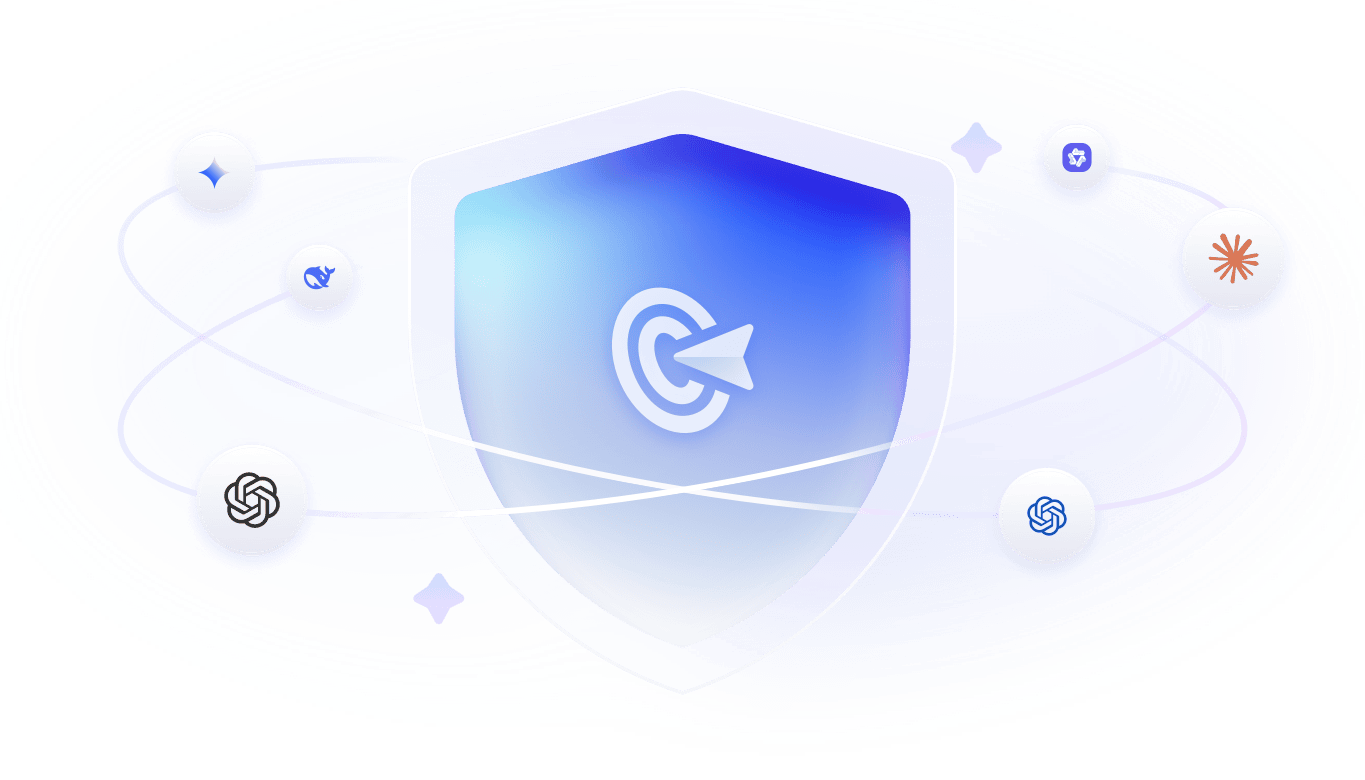

Leave a Reply.